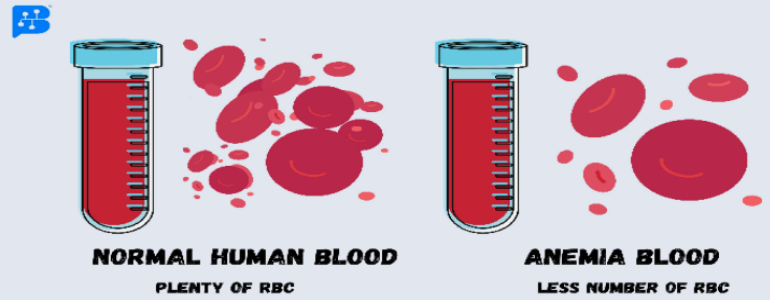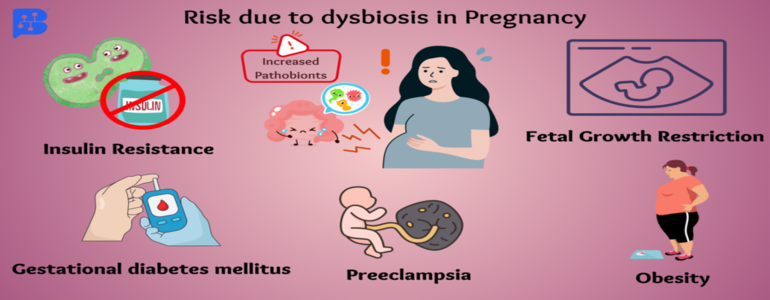- Dec. 30, 2022
- Kumar
- Microbiome, Nutrition, Diet and Supplements
A gradual shift to agriculture
A gradual shift to agriculture – An ancient oral microbiome study
The human microbiome is a diverse community of microorganisms that live on and within the human body, and it has recently become a valuable source of information about host life and health. While we know a lot about the role of the microbiome in modern human health, we have only just begun to explore how it may have evolved over time.
One key period of human history that has received relatively little attention in the study of the microbiome is the Neolithic transition towards agriculture. This was a major shift in human society and culture, and it is thought to have had a significant impact on the human microbiome.
To shed light on the evolution of the oral microbiome during this transition, a recent study compared the oral microbiomes of Palaeolithic hunter-gatherers with those of Neolithic and Copper Age farmers who populated the same region in Italy. The researchers analyzed 76 dental calculus oral microbiomes, and used the identification of embedded plant remains to reconstruct the dietary habits of these ancient populations.
The results of the study showed that the introduction of agriculture had a significant impact on the host microbiome, with a stronger deviation from the hunter-gatherer microbiome composition observed in the last part of the Neolithic period. This supports the hypothesis that the transition to agriculture was a gradual process, rather than a sudden shift.
Overall, this study adds to our understanding of the evolution of the human microbiome, and highlights the importance of considering the long-term effects of major cultural and technological changes on human health. As we continue to learn more about the human microbiome, it will be interesting to see how our understanding of its evolution shapes our understanding of human health and disease.
This study, "Ancient oral microbiomes support gradual Neolithic dietary shifts towards agriculture", was published in the scientific journal Nature Communications in November 2022. It can be accessed online at the following link: https://www.nature.com/articles/s41467-022-34416-0







